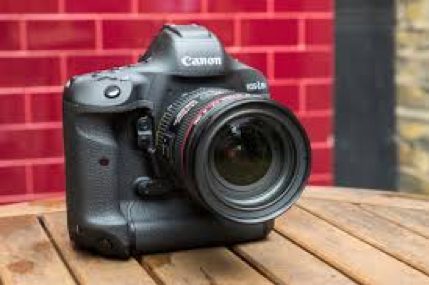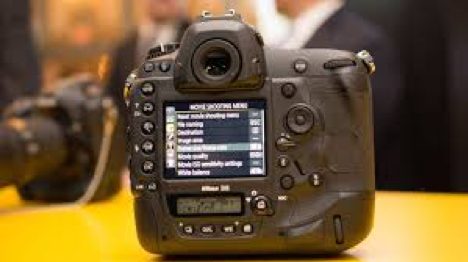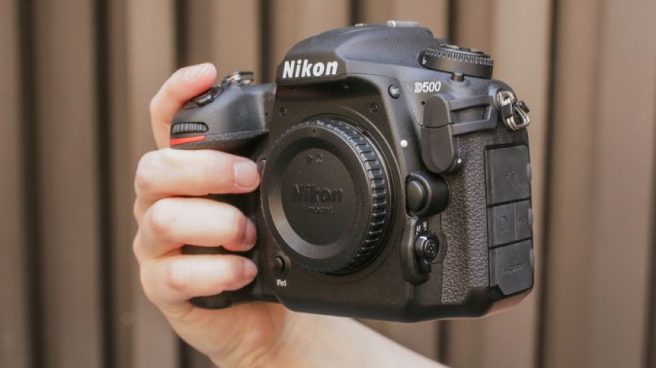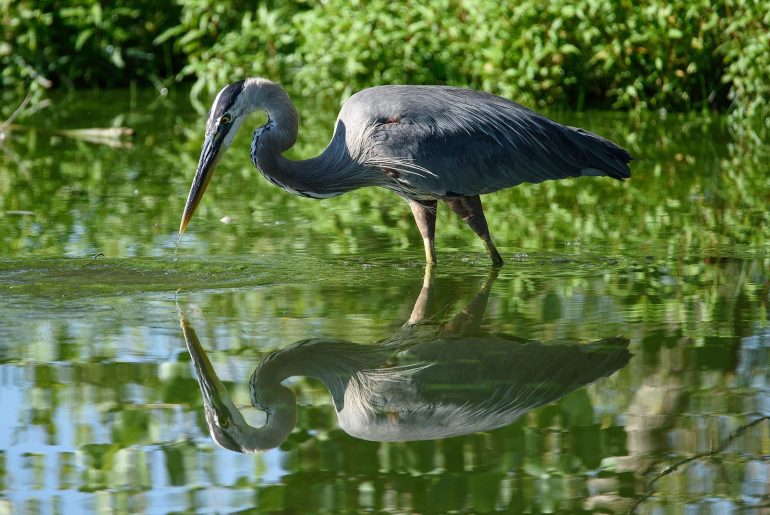The roar of the lion that makes the deer frown and sweat in fear. For the professional or the wildlife photography fans, every minute detail matters. If you are planning on getting your hands on a camera that has it all for your next wildlife experience, worry no more!
We have a list of our top 3 picks from a range of high tech wildlife cameras to help you decide which one to choose.
Before moving straight to the list here are a few things that will be handy when shopping.
FULL FRAME VS APS
Telephoto reach is the first and foremost feature of a wildlife camera that enables you to move and adjust the lenses closer to the animal.
1. IMAGE QUALITY
The wildlife cameras should have a resolution of between 8 and 16 megapixels and a high-definition video resolution of either 720p or 1080p. Please note that these numbers aren’t the only deciding factor of the image quality. Other important features include
- color and depth for daytime images
- brightness,
- clarity
- Contrast for night time images.
WHAT AFFECTS ITS QUALITY: The quality of a nighttime image is affected by the camera’s flash type. If you need the type of a flash that won’t alert the animal (for safety reasons), you’ll want a camera with either red glow or low glow or no glow.
Red glow: Red glow flash does emit a red light, but it’s only noticeable when looking directly at the camera.
White glow: White flash cameras are the only trail cameras capable of capturing color pictures or video at night. White flash can potentially scare an animal away from the detection area, so the most common use for a white flash would be for security purposes or if you want to take pictures or video of animals for purposes other than hunting.
2. DETECTION ZONE
The detection zone is an important consideration in choosing where to place your camera and is a combination of two measurements: the camera’s detection range (the maximum distance at which movement triggers the camera) and its angle of detection (the maximum angle at which movement triggers the camera).
It’s important to pay attention to the angle of both camera and lens. If subjects are detected within a 55-degree field of view and the lens is only capable of capturing images within a 45-degree field of view, you may end up with pictures with nothing in the frame. We found a difference of 10 degrees or more in lens angle versus detection angle in about half the cameras in our test.
3. SPEED
Considering both trigger speed and recovery speed. A great trigger speed is under 0.5 seconds, and a recovery speed of over a minute is slow.
4. DESIGN
Not only should the case be durable, but it must also be small and inconspicuous to wildlife and people walking by. We also considered battery capacity and efficiency.
5. FEATURES
This includes things like previewing screen, solar panel, video capabilities and any other addition that makes the camera stand out.
Canon EOS-1D X Mark II

FEATURES
Sensor: 20.2 MP Full-Frame
AF Points: 61
Max Frame Rate: 16 fps
Max Burst: 170 RAW
ISO Range (Expanded): 100–51,200 (409,600)
Price: $5,999
Canon EOS 80D
Sensor: 24.2 MP APS-C
AF Points: 45
Max Frame Rate: 7 fps
Max Burst: 25 RAW
ISO Range (Expanded): 100–16,000 (25,600)
Price: $1,199
Nikon D5

FEATURES
Sensor: 20.8 MP Full-Frame
AF Points: 153
Max Frame Rate: 14 fps
Max Burst: 200 RAW
ISO Range (Expanded): 100–102,400 (3,280,000)
Price: $6,499
Nikon D500

FEATURES
Sensor: 20.9 MP APS-C
AF Points: 153
Max Frame Rate: 10 fps
Max Burst: 79 RAW
ISO Range (Expanded): 100–51,200 (1,640,000)
Price: $1,999
Good luck, Happy choosing!


